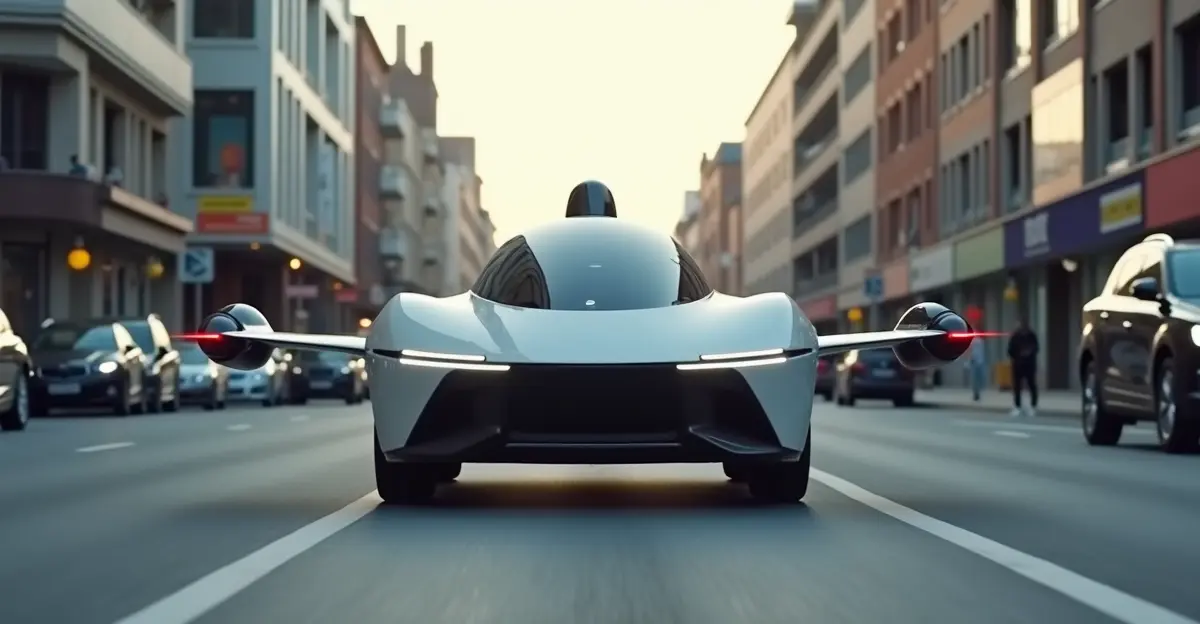
The Future of Urban Mobility Takes Flight
Urban air mobility is no longer science fiction as multiple companies have successfully conducted city test flights with their latest flying car prototypes throughout 2025. These groundbreaking demonstrations mark a significant milestone in the development of practical flying vehicles for everyday transportation.
Leading Prototypes Making Waves
Several companies are leading the charge in the flying car revolution. Joby Aviation has been conducting extensive urban flight tests with their electric vertical takeoff and landing (eVTOL) aircraft, demonstrating quiet operation and impressive maneuverability in city environments. Their five-seater vehicle can reach speeds up to 200 mph with a range of 150 miles on a single charge.
Lilium has been testing their seven-seater jet-powered eVTOL in multiple European cities, showcasing their unique ducted fan technology that allows for both vertical takeoff and efficient forward flight. The company recently completed successful test flights in Munich and Barcelona, demonstrating noise levels below 60 decibels during takeoff and landing.
Urban Integration Challenges
One of the biggest challenges facing flying car adoption is urban integration. Cities worldwide are developing "vertiports" - specialized landing and takeoff facilities that will serve as hubs for air taxi services. These facilities require careful planning for noise management, air traffic control integration, and public safety measures.
Regulatory bodies including the FAA and EASA have been working closely with manufacturers to establish certification standards for these novel aircraft. The certification process focuses on safety, noise levels, and operational reliability in urban environments.
Technology Breakthroughs
Recent technological advancements have been crucial to making urban air mobility feasible. Battery technology has improved significantly, with energy density increasing by 40% compared to 2020 levels. Autonomous flight systems have also matured, with most prototypes featuring redundant flight control systems and advanced obstacle avoidance technology.
Many companies are implementing distributed electric propulsion systems, using multiple small motors instead of one large engine. This approach provides redundancy - if one motor fails, the others can compensate, significantly improving safety.
Market Projections and Timeline
Industry analysts project that the urban air mobility market could reach $1.5 trillion by 2040, with commercial operations expected to begin in select cities as early as 2026. Initial services will likely focus on airport transfers and premium urban mobility before expanding to broader consumer markets.
Several Asian cities, particularly in China and Singapore, have been particularly aggressive in testing and implementing flying car infrastructure. Dubai has also emerged as a key testing ground, with ambitious plans to have flying taxis operational by 2030.
While challenges remain regarding cost, regulation, and public acceptance, the successful urban test flights of 2025 demonstrate that flying cars are transitioning from concept to reality. The dream of commuting through city skies may be closer than we think.

 Deutsch
Deutsch English
English Français
Français Nederlands
Nederlands Español
Español Português
Português


